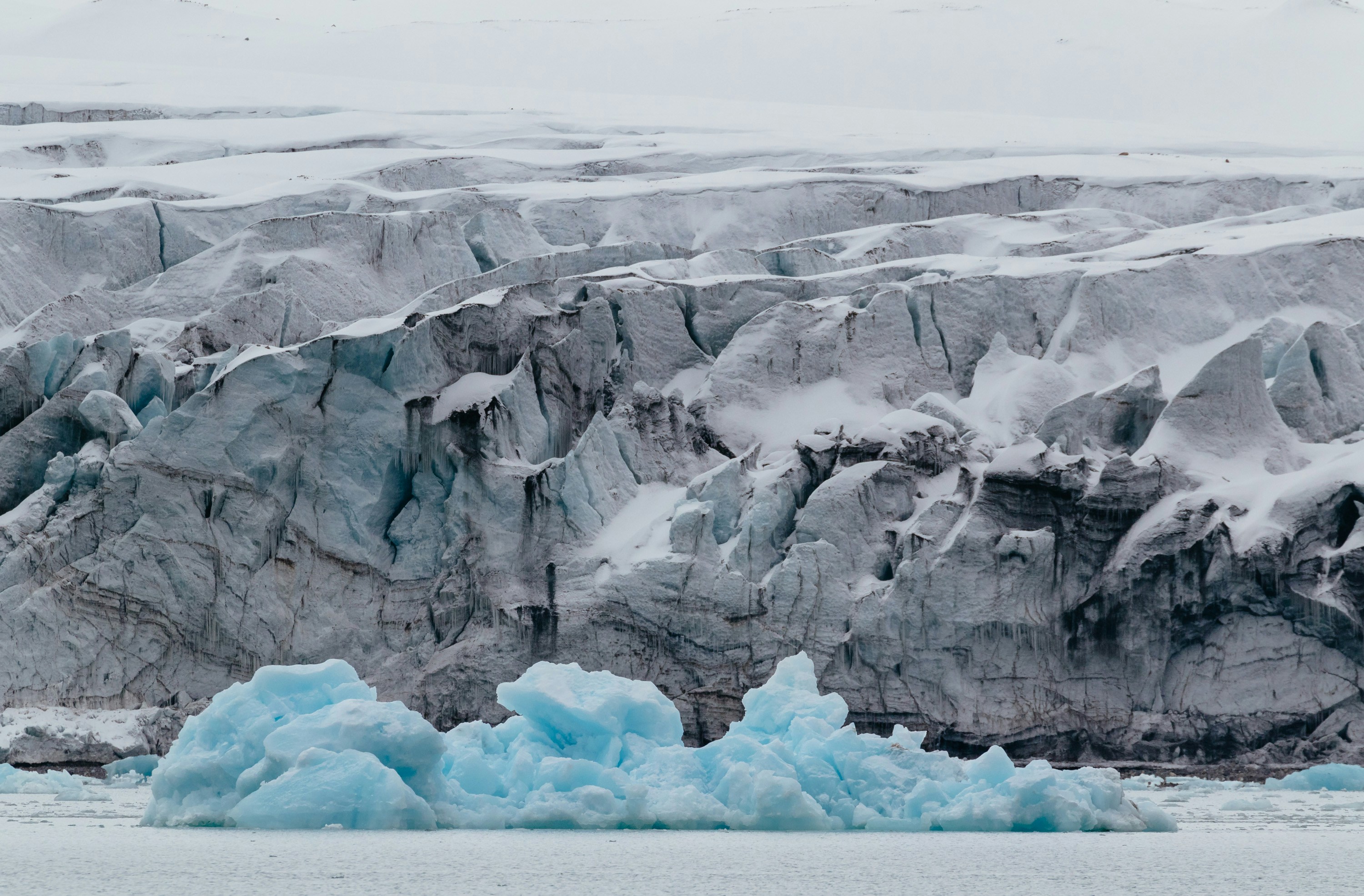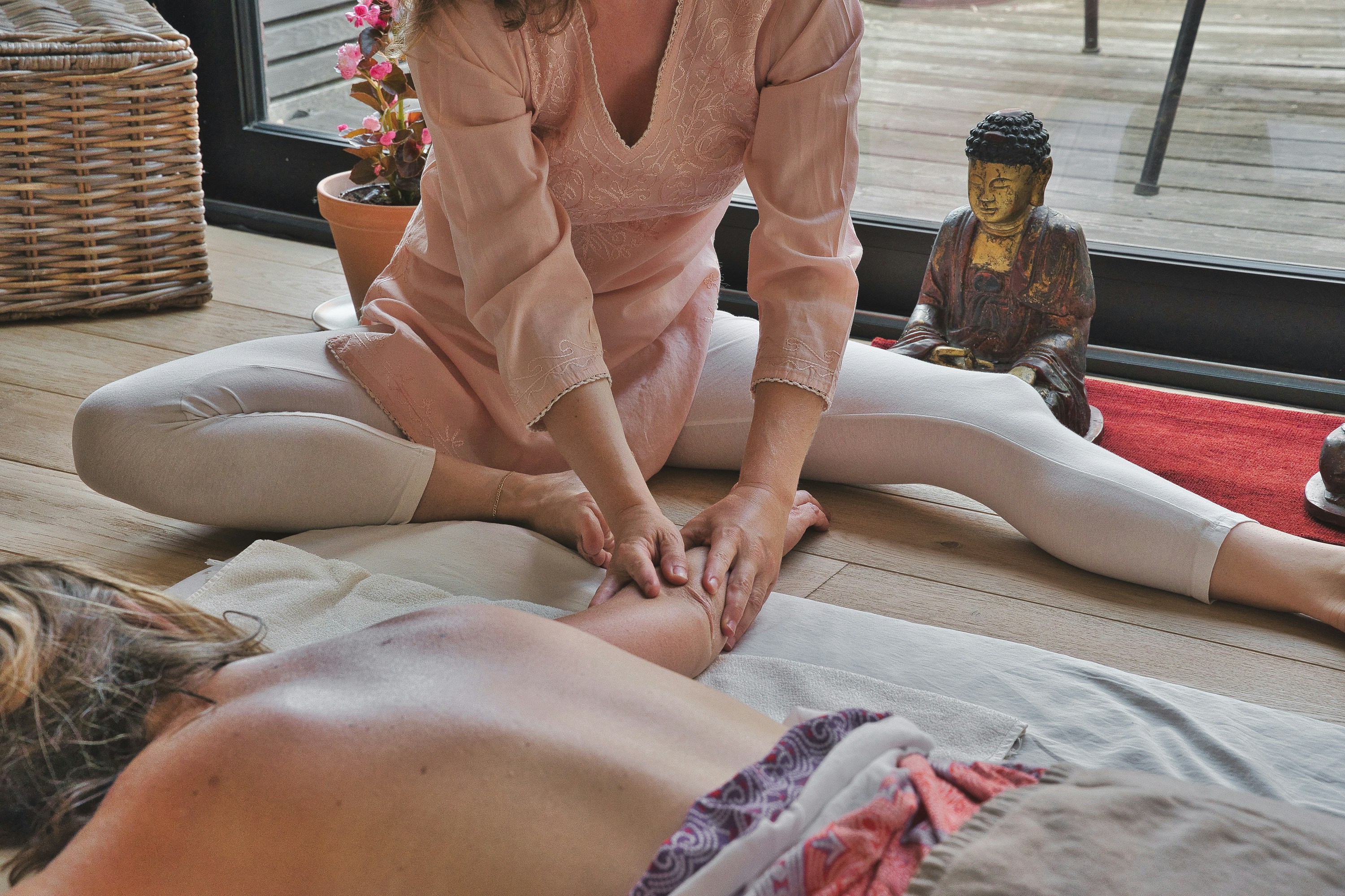Have you ever wondered how a cold plunge could affect your emotional wellness? If you’re like most people, you might see it as a mere physical challenge or something to try just to check off your bucket list. But what if I told you there’s more to cold plunges than just a burst of cold and a lot of shivers? In recent years, more and more people have turned to this brisk practice for not just physical benefits but also for its potential to improve mental health and emotional well-being.
Understanding Cold Plunges
What is a Cold Plunge?
A cold plunge involves immersing yourself in cold water—typically about 10-15 degrees Celsius (50-59 degrees Fahrenheit)—for a short period. This activity has been practiced across various cultures for centuries, commonly known as ice baths, cold water therapy, or polar bear plunges. It might sound like a test of endurance, but it can be an invigorating experience when approached with the right mindset.
Historical Context and Cultural Significance
Cold water immersion is not a new concept. Ancient practices often involved the use of cold water for therapeutic purposes. For example, the Romans used frigidariums—cold pools—to rejuvenate the body and mind. In Nordic countries, people traditionally rotate between saunas and cold baths as a way to promote health and well-being. It seems humans have long sought the sharp jolt only cold can provide, curiously drawn to the way it seems to awaken every sense.
The Science Behind Cold Plunges and Emotional Wellness
How Cold Plunges Affect the Body
Your body undergoes a physiological reaction when you take a cold plunge, starting with the cold shock response. This primarily involves involuntary gasping, increased heart rate, and adrenaline release. The body’s reaction to cold is an intricate dance that balances initial shock with the potential for calming effects.
- Hormonal Changes: Immersing yourself in cold water can trigger the release of norepinephrine and dopamine, chemicals that play a crucial role in mood regulation.
- Reduced Inflammation: The cold helps reduce inflammation, which can be linked to improved mood and decreased symptoms of depression.
Cold Plunges and the Brain
The brain appears to undergo several changes upon cold exposure. Research shows that regular cold plunging may increase the production of beta-endorphins, which are natural pain relievers and mood enhancers. This process, in turn, creates a bridge to emotional wellness, making you feel more grounded and at ease after a plunge.
Psychological Benefits of Cold Exposure
- Stress Reduction: A cold plunge is said to help reduce cortisol levels, which is the hormone associated with stress.
- Increased Resilience: Repeated exposure helps build mental resilience by teaching you to tolerate discomfort in a safe setting. Over time, this can lead to improved emotional stability.
- Enhanced Focus and Clarity: Many individuals report feeling mentally sharp after a cold plunge, which can be attributed to increased blood flow to the brain.
Exploring the Emotional Wellness Benefits
Mood Enhancement
Have you ever noticed a surge of good feelings after a cold plunge? It’s not just in your head—although it kind of is. The combination of physiological changes like those mentioned earlier translates to psychological uplifts. You might find yourself feeling more buoyant and positive even hours after you’ve dried off.
Managing Symptoms of Depression and Anxiety
While not a cure, cold plunges can complement traditional treatments for depression and anxiety. As they prompt the release of endorphins and help in balancing neurotransmitter levels, many find that cold exposure can lessen the weight of these emotional burdens.
Building Mindfulness and Presence
During a cold plunge, your mind is forced to focus intensely on the present moment, given the intensity of the experience. This can promote mindfulness, teaching you how to harness attention even in everyday situations. In essence, cold plunges might be a path to finding peace and presence in the moment.
How to Incorporate Cold Plunges Safely into Your Routine
Starting Small
When incorporating cold plunges, start small. Gradually lower the temperature of your showers before diving into a full plunge. Start with 30 seconds to one minute and slowly increase the duration as your body becomes accustomed to the temperature.
Precautions and Preparations
- Medical Considerations: If you have any medical conditions, especially those related to the heart or circulation, consult with a healthcare provider before beginning cold water immersion.
- Warm-up and Aftercare: Always warm up before and after a cold plunge. Move around or breathe deeply to bring your body back to its normal temperature.
Making it a Habit
Consistency is key, like with any form of therapy or wellness practice. Try setting a schedule for yourself—perhaps a weekly plunge—and stick to it. Over time, you might become more adept at listening to your body and understanding the boundaries it sets for you.
Finding the Balance
Personalized Approaches
Each person’s reaction to cold varies, just like all aspects of wellness. Exploring what works for you is crucial. Some might find shorter plunges more beneficial, while others might thrive on longer exposure. Tailoring your routine to what feels right for you can amplify the emotional benefits you experience.
Combining with Other Wellness Practices
Cold plunges can be incredibly powerful when combined with other wellness practices. Try pairing them with meditation, yoga, or journaling to explore different avenues toward emotional health. This combination might provide a synergistic effect, amplifying the benefits of each practice.
Challenges and Misconceptions
Common Misconceptions About Cold Plunges
There might be a few myths floating around about cold plunges. Some might say they are merely trendy or only for athletes. However, the benefits of cold plunges extend beyond any specific group. The potential mental and emotional enhancement is universal, open to any who wish to brave the chill.
Challenges You Might Face
Not everyone is accustomed to the shock of cold water, and that’s completely okay. The initial discomfort can be daunting, but with gradual exposure, you can overcome this hurdle. Listening to your body and proceeding with caution is incredibly important as is acknowledging the mental barriers that might arise.
Overcoming Obstacles
Setbacks are a normal part of any journey. There may be days when you simply cannot tolerate the cold, and that’s fine. Self-kindness and understanding are pivotal: remind yourself of why you’re incorporating this practice and note the subtle benefits that accrue over time.
Real Stories from Cold Plunge Enthusiasts
Personal Accounts of Transformation
Many people from all walks of life have reported transformative experiences with regular cold plunges. Some say they’ve experienced greater mental clarity throughout their day, while others feel more balanced and less reactive to stress. These personal stories can serve as a harness of inspiration, encouraging you to find your own version of emotional wellness.
Inspiration and Community Support
Like with many wellness journeys, there’s strength in numbers. You might find that joining a community or group focused on cold plunges can provide not just support, but a sense of camaraderie that’s further beneficial to emotional health. Sharing experiences and strategies can enrich your own journey.
Final Thoughts on Embracing Cold Plunges for Emotional Wellness
The world continues to uncover the less obvious roads to emotional well-being, and cold plunges sit among the more accessible routes. While it might seem daunting at first, the potential benefits for your emotional health can make it worth considering. As you navigate through the experience, remember that your wellness journey is personal and unique. Tailor it to suit your needs, approach with curiosity, and perhaps discover a more centered, emotionally resilient version of yourself tucked into that chilly embrace.





